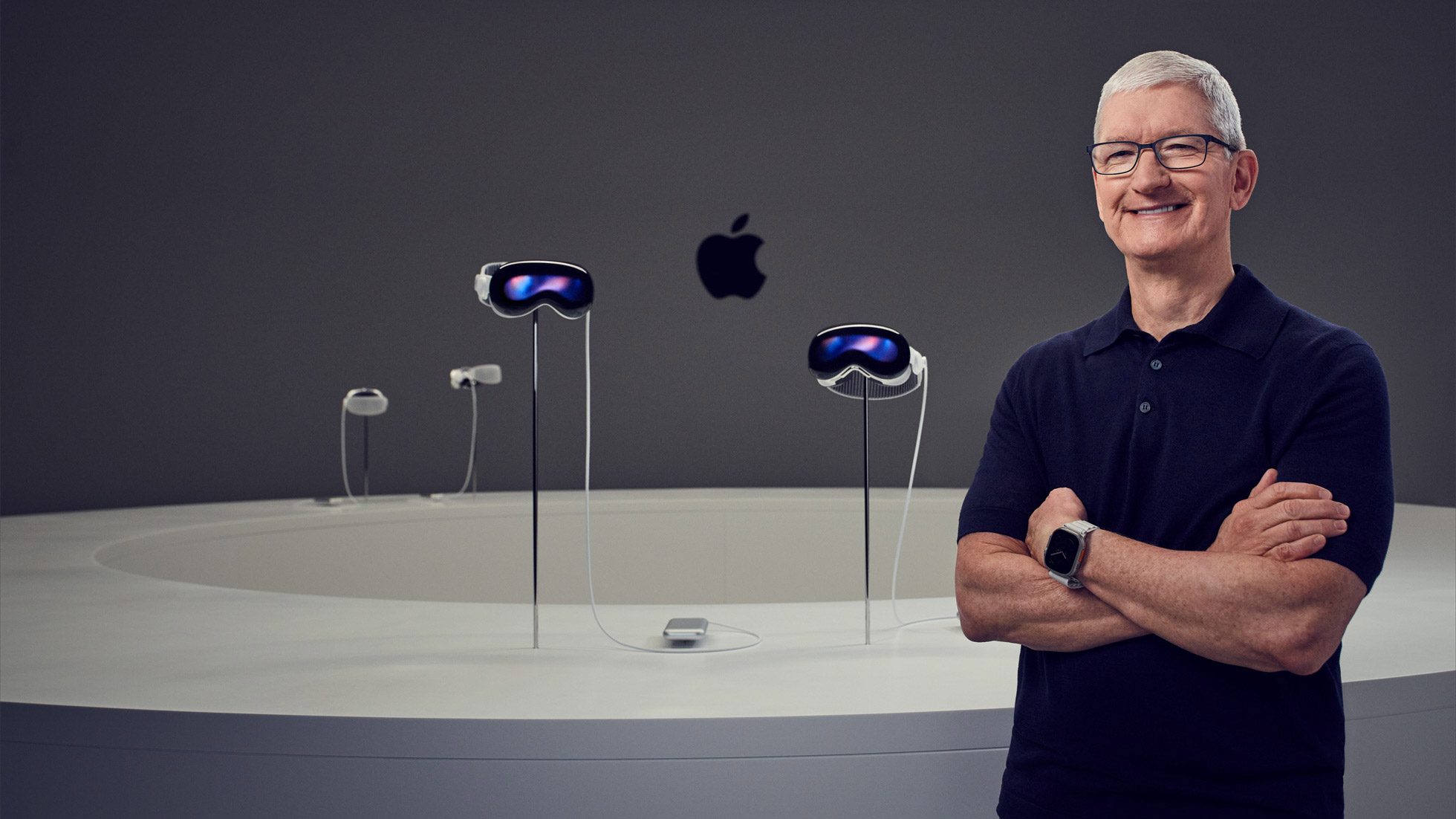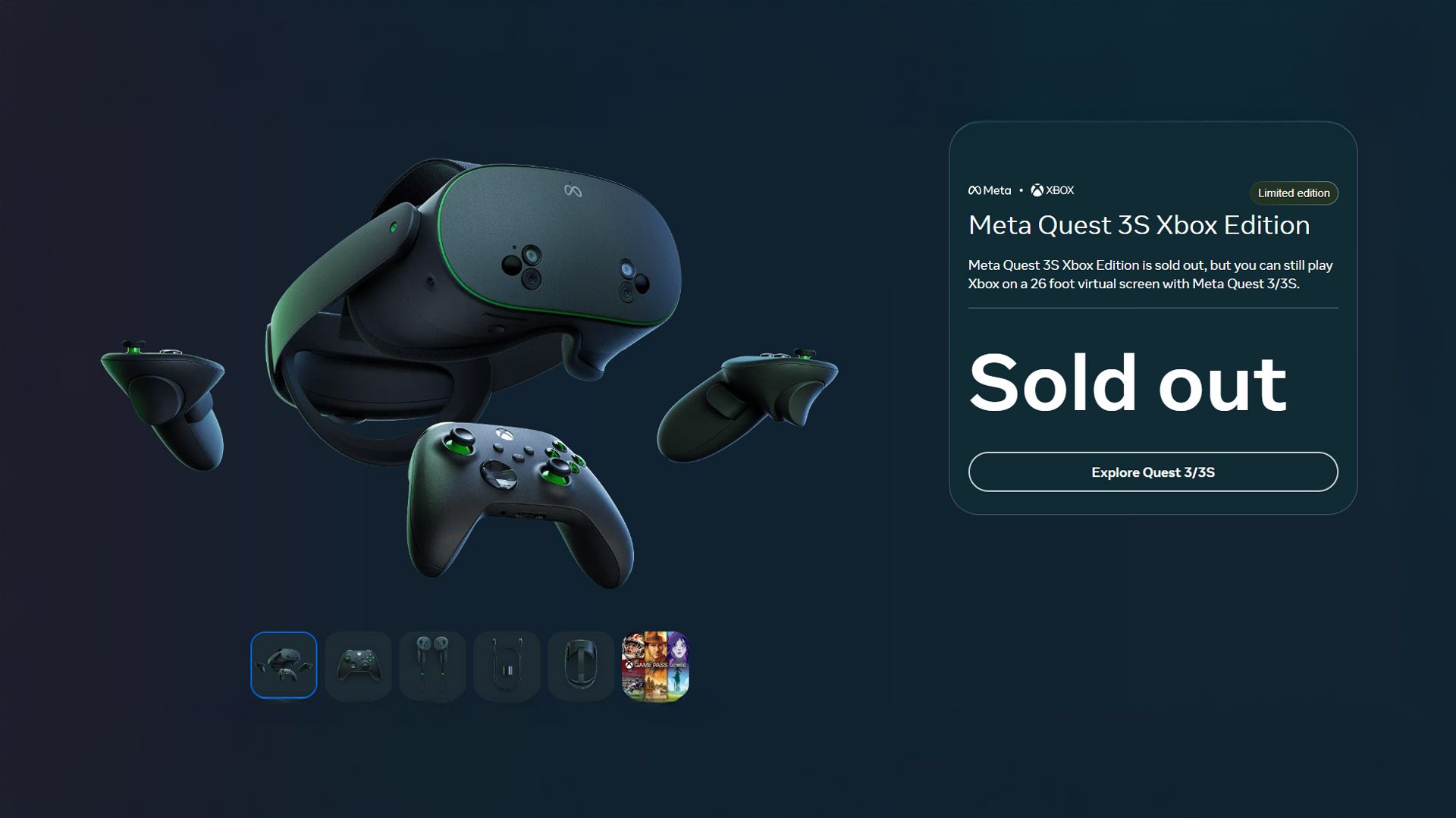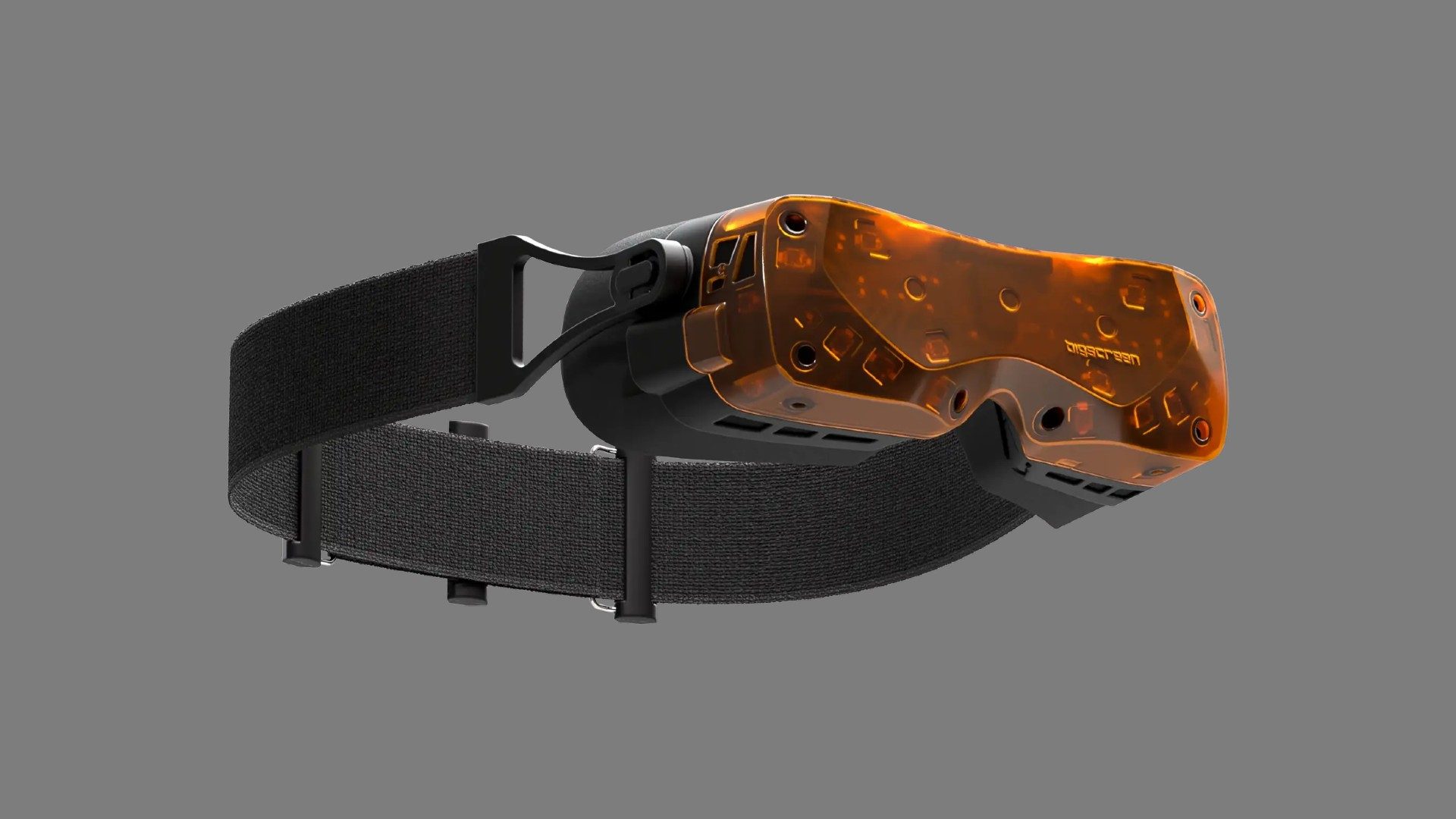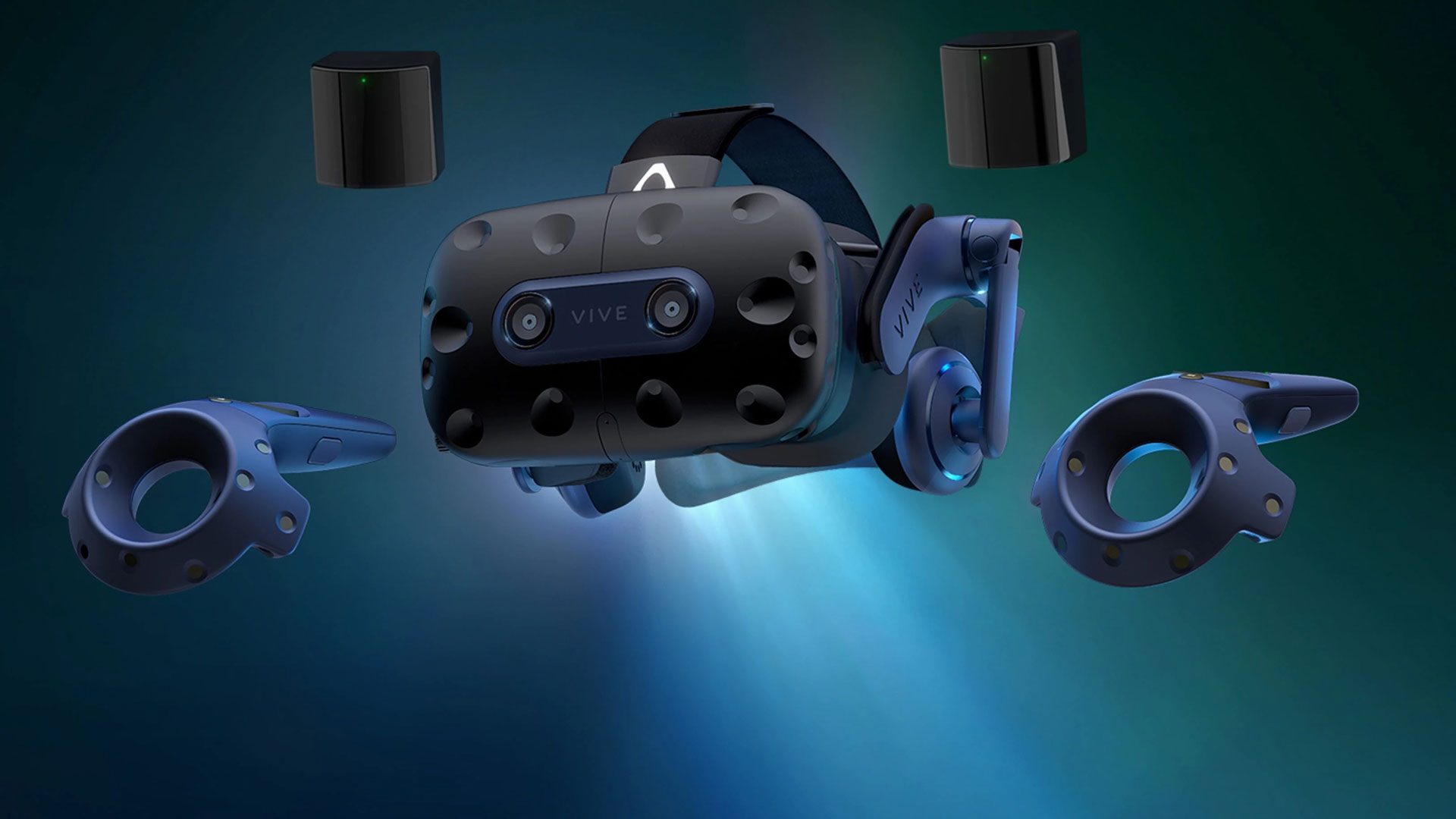A tech enthusiast recently took on a rather unusual challenge: running Windows 95 on a homemade Nintendo 3DS port of DOSBox. Utilizing the enhanced capabilities of the “New” 3DS, known for its extra RAM and processing power, TechTuber MetraByte managed to pull off this technical feat. However, the process wasn’t exactly swift. After initiating the boot of Windows 95, the load times stretched on for so long that MetraByte decided to let the handheld run overnight. Surprisingly, setting up the OS only took around five minutes. Yet, getting the proper mouse input to function—via the touch screen through DOSBox—didn’t happen until well after Windows had launched.
Interesting enough, you can catch MetraByte’s endeavors on YouTube, where he not only installs Windows 95 but also attempts to use it to make music, which adds another layer to this intriguing project.
Starting with the positive aspects, it is indeed possible to run Windows 95 on the New Nintendo 3DS, aligning with the fact that the OS was originally designed for systems with as little as 4MB of RAM. The New 3DS sports 256MB, which seems modest by today’s standards but was certainly ample back in the day. However, emulating x86 architecture on the 3DS’s ARM-based system puts a significant strain on performance, which results in noticeable slowdowns.
Despite this possibility, it’s not something you’d want to embark on for practical use. The setup is laborious and painstaking, and even when it’s up and running, there’s not much you can actually do with it. Basic tasks like playing MIDI audio files were out of reach when MetraByte gave it a spin, and attempting to run music production software led to a blue screen of death. While the OS functioned, it could hardly do anything substantial.
In truth, if you’re diving into DOSBox on the New Nintendo 3DS, installing Windows isn’t the most productive choice. It’s better suited for exploring vintage DOS games, which are more likely to run smoothly given the New 3DS’s capabilities and the reduced demand on resources without superfluous overhead of Windows 95.
So, if you’re looking to relive the glory days of DOS, this route could be a promising venture, sparing yourself the cumbersome process of wrestling with Windows 95 on this charmingly retro hardware.









![[FREE Game] Ruffy and the Riverside Giveaway for PlayStation 5 (NA) [FREE Game] Ruffy and the Riverside Giveaway for PlayStation 5 (NA)](https://www.xgamernews.com/wp-content/uploads/2025/06/PlayStation-5-Ruffy-and-the-Riverside-A-Comprehensive-Review-360x180.jpg)




































